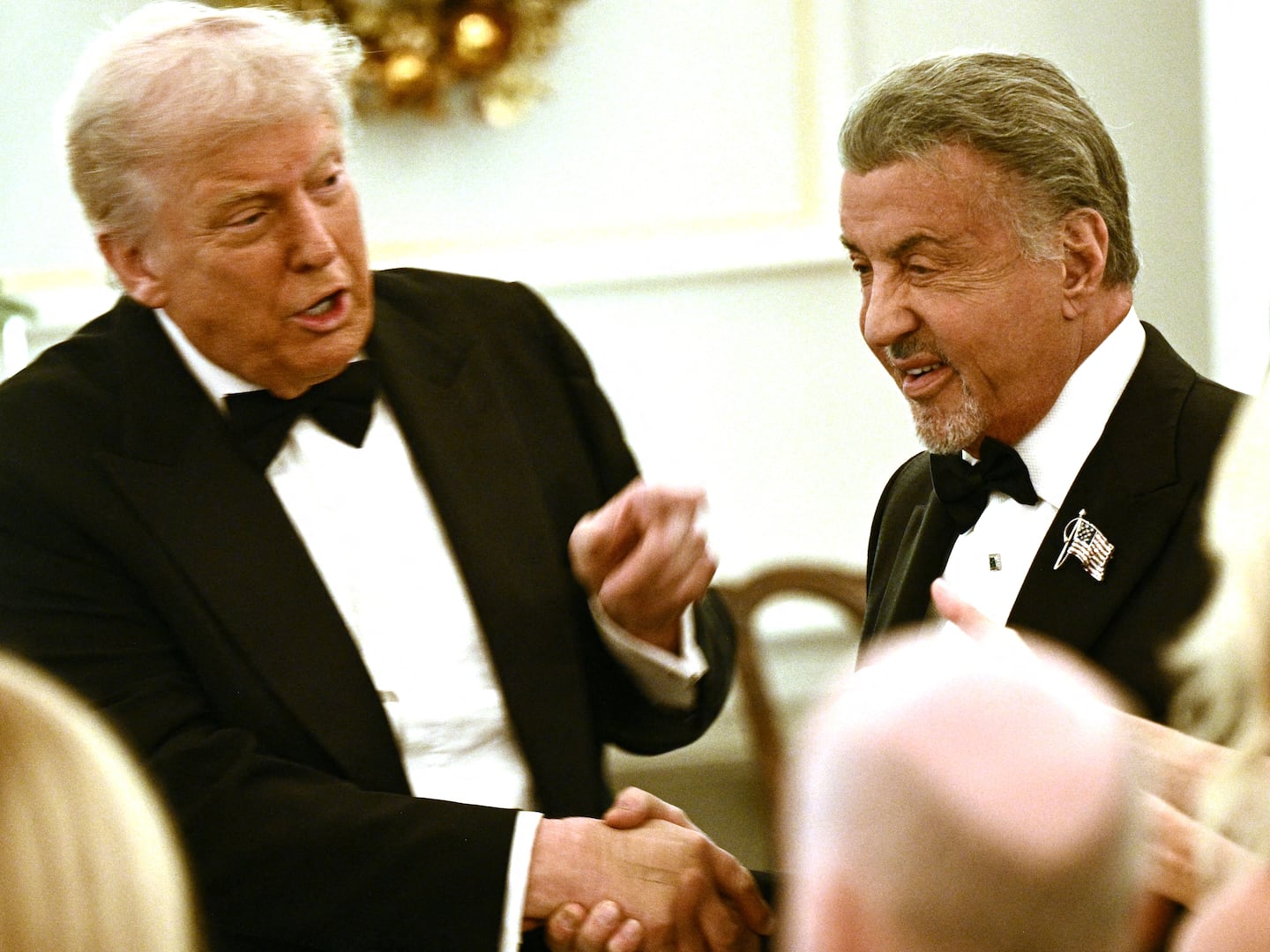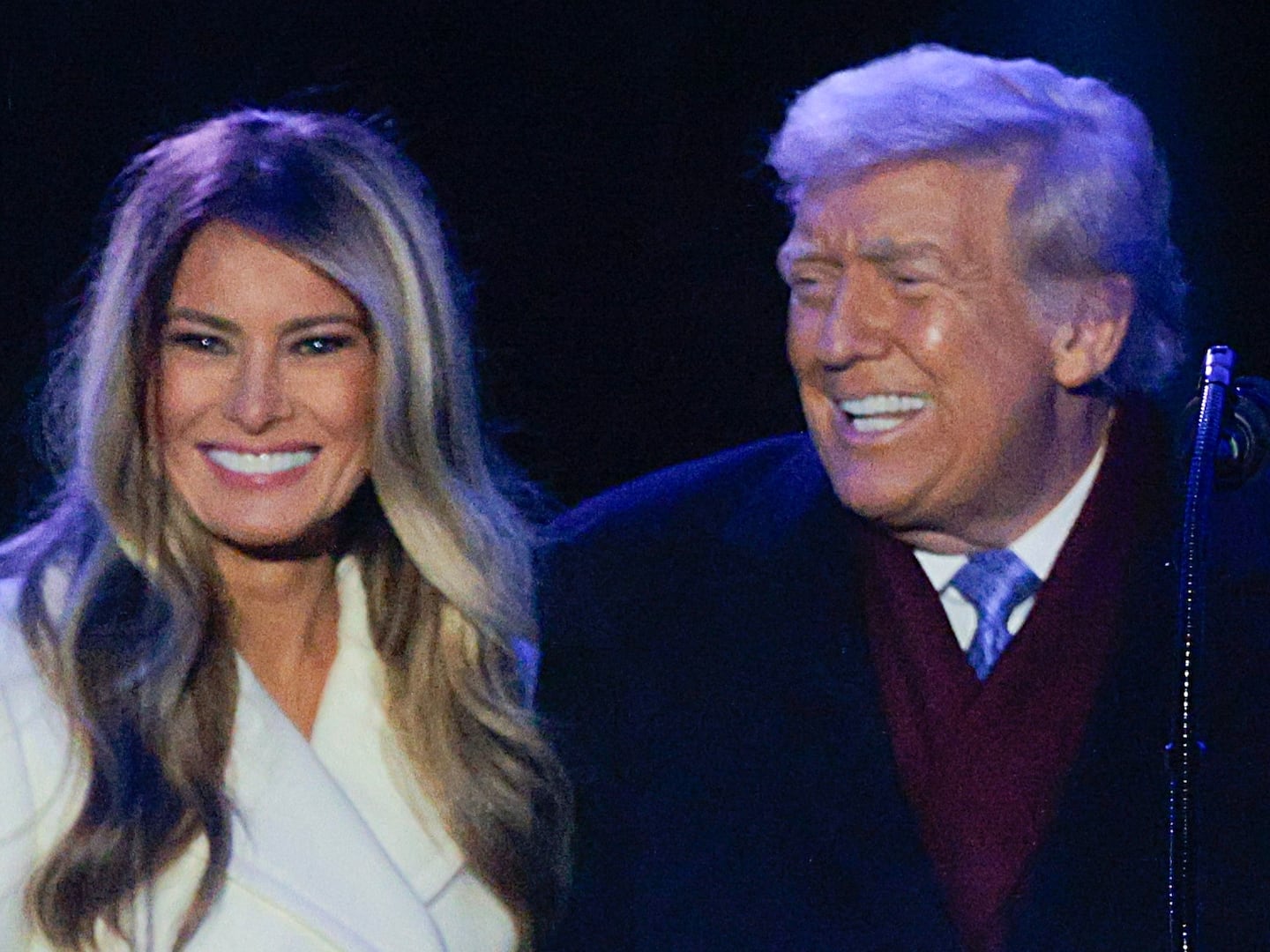The economic news and data have turned distinctly upbeat. With unemployment down, consumer confidence up, and personal debt back to normal levels, it was no surprise when last week's revised report on first quarter GDP showed consumer spending rising at twice the rate of the preceding three quarters. Housing investment is now increasing at a 14 percent annual rate, following a 25 percent drop in home foreclosures compared to the first quarter of 2012 and many months of rising housing prices. Business investment is still sluggish, but corporate profits are strong, and the stock market is setting new records. These positive reports also explain why markets barely moved when Federal Reserve chairman Ben Bernanke noted recently that the Fed’s aggressive program to keep interest rates low might wind down sooner than expected.

The biggest drag on the economy, as usual, is government. "If not for Washington’s misguided sequester cuts, tax increases and continuing layoffs by state and local governments, GDP would be growing at a healthy 3.5 percent annual rate." Even so, conditions are improving enough to sharply drive down the deficits projected for the next two years. With Europe stuck in a double-dip recession, the United States once again finds itself a prime engine of global growth.
Credit for much of this turnaround goes to the Fed, and some of it is luck. But business attitudes and orientation count here, too. In particular, American policymakers and businesses have been committed to globalization for the last two decades, especially compared to their European counterparts. And this deep engagement in global markets is a critical factor in the economy’s renewed strength. Exports are one of the brighter points in the current recovery. In addition, years of sustained competition in global markets have made many U.S. industries markedly more efficient and innovative than their rivals in other advanced economies.
Bill Clinton deserves some thanks for all this. He not only articulated the need for Americans to actively engage in world markets, clearly and convincingly. He also made that attitude concrete by corralling bipartisan majorities to enact NAFTA, create the World Trade Organization, and draw China and other large developing nations into a global trading system. American multinational companies may be best known today for their byzantine strategies to minimize their U.S. taxes. But their many years of investing in foreign markets at higher levels and rates than firms from other major economies count for a lot more. Once there, they have had to compete with lower-cost producers in markets those producers know better than they do. This intense competition has forced U.S. multinationals to come up with new efficiencies and innovations, which they also have applied to their U.S. operations and markets.
The falling U.S. trade deficit provides clear evidence that all of this matters. In the first quarter of this year, for example, our trade imbalance was $22 billion less than it was a year earlier. This may seem remarkable, since stronger growth here than in Europe and Japan would suggest a rising U.S. trade deficit as imports rise and exports fall. It’s true that some imports are up—but so are most exports, including high tech goods that account for 19 percent of all U.S. exports. The main reason, though, is globalization. U.S. companies that have spent years setting up shop around the world now tap into fast-growing markets across the developing world.
Consider whom we now trade with. Our traditional major markets of Europe and Japan now account for just 25 percent of U.S. exports. They’re overshadowed today by the 32 percent share of our exports that go to our NAFTA partners, Canada (19 percent) and Mexico (13 percent). Another 12 percent of U.S. exports go to the rest of Latin America, 7 percent to China, and 13 percent to the rest of non-Japan Asia. In fact, American firms export nearly half as much to Africa and the Middle East as they do to Europe.
President Obama is now doubling-down on the commitment to globalization. Last term, he got Congress to approve new free trade pacts with South Korea, Colombia and Panama. This term, he’s pressing for a major new trade deal with Pacific Rim countries and another with the European Union. The negotiations for the first deal, the Trans-Pacific Partnership Agreement (TPP) began in 2010. Now, the President is pressing all interested parties—Australia, Brunei, Chile, Canada, Malaysia, Mexico, New Zealand, Peru, Singapore and Vietnam, along with the United States—to complete the deal within one year. That’s an ambitious deadline, since TPP would lower or end many thorny domestic barriers to open trade. Among these are regulations and other impediments to competing in service-sector businesses, with state-owned enterprises, and in areas of government procurement, as well as health and safety regulations targeted at foreign competitors. And if we and the 10 other Pacific Rim countries can strike the deal on TPP, Japan and South Korea would probably join too, and further expand its impact.
Completing a new free trade pact between the U.S. and the EU within the president’s two-year deadline will be equally daunting. Here, too, the issues include many of the toughest for trade in the 21st century, encompassing barriers rooted in the domestic regulation of services as well as health and safety, labor and environmental rules, agricultural subsidies, data privacy, and antitrust policy. These are very difficult matters not only for the regulation-prone countries of continental Europe, but for the United States as well. Nevertheless, German Prime Minister Angela Merkel and the UK’s David Cameron are both on board with Mr. Obama. Alas, France’s President François Hollande is less enthusiastic, and the president of the European parliament, Martin Schulz, has warned that any deal must “put the European model at its core,” especially with regard to “labor unions and social rights.”
Both sets of negotiations will test everyone’s patience and political limits. But the process will recommit the United States to the path of liberal internationalism that has helped drive American prosperity for more than 65 years. And if they succeed, the result will not only reassert America’s global economic leadership—the new agreements should also permanently raise the incomes of tens of millions of people here and abroad, along with the sales and profits of tens of thousands of U.S. and foreign companies.






